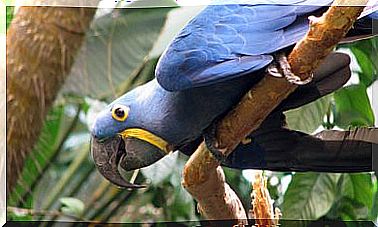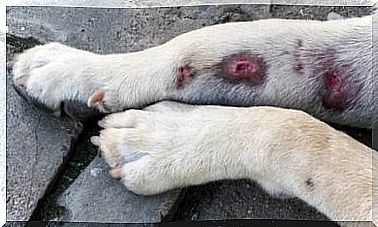Places In Spain To See Wild Animals
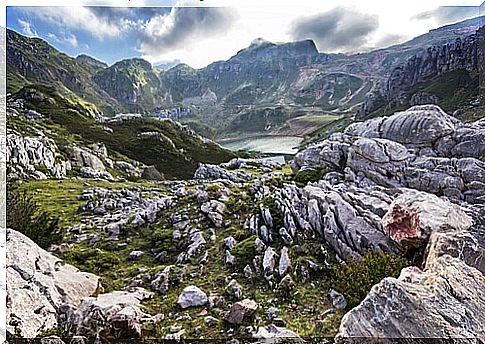
Life on the planet is changing rapidly and natural habitats are shrinking over time. For this reason, it is an atypical and moving experience to come into contact with wild animals in the wild. So much so that it can change the way anyone perceives the world.
They are magical experiences. The dreamy scenarios that these landscapes give make life make sense. Although there are plenty of reasons why a person decides to go out to rest in these places, it is always important to be prudent and responsible.
Spain, a small paradise for wild animals
In Huesca there is a great reservoir of natural life, specifically in the heart of the Pyrenees, in the Piedrafita de Jaca forest. It is the Lacuniacha wildlife park.
There, the Iberian wolf dominates the territory, as it extends to the north of Portugal. It is an impressive animal for its presence, which has an unjustified bad reputation, as a threat to herds. However, its importance to the ecosystem is vital.
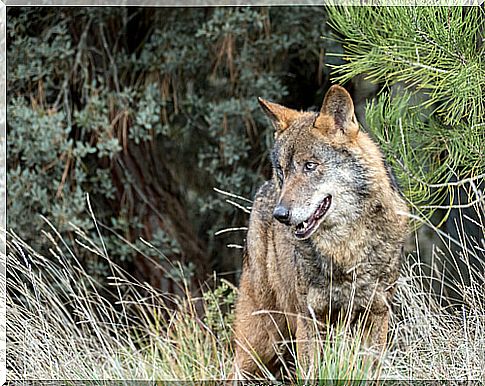
Other inhabitants of this park are the boreal lynx, the European bison, the common mouflon and the wild boar. You can also see the highly threatened species of Przewalski’s horse, also known as the Mongolian or Takhi wild horse. Likewise, Hock’s bovine stands out, an artificially achieved breed.
Bear’s land
In the Somiedo de Asturias National Park you can also see wolves and European brown bears. In fact, it is estimated that about 50% of the population of this subspecies of cub that inhabits the Cantabrian mountain range, does so in the little more than 29,000 hectares of this great reserve.
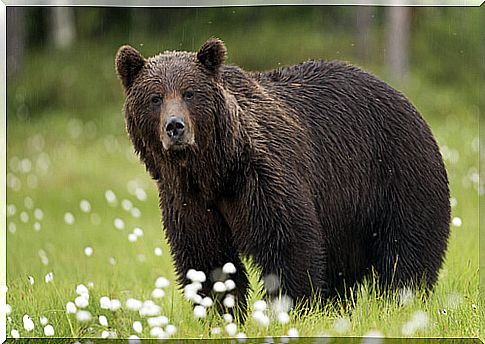
Deer, wild boar, deer, and perinol hares also form part of the wildlife of wild animals in this immense and idyllic natural space. The same as the red fox, the marten, the genet, the wild cat, the marten and the badger.
Spain, an ideal destination also for birds
Somiedo also offers the possibility of enjoying the spectacle of a great variety of birds. More than 120 species remain within the records. The Cantabrian grouse, the golden eagle and the peregrine falcon stand out. The most fortunate may come across some not so common specimens, such as the black-billed and medium-billed woodpeckers.
In Huesca, within the Ordesa y Monteperdido National Park, there is a natural reserve for the bearded vulture. This endangered species of vulture has been able to increase its population since 1980.
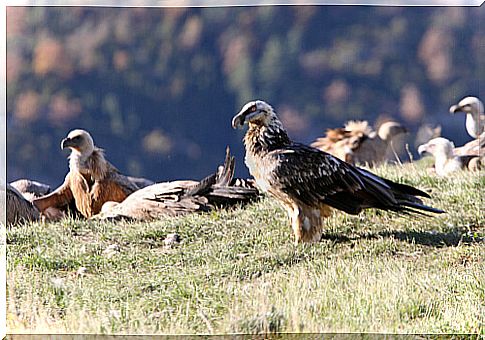
On the other hand, in Malaga there is a well-known area where flamingos abound: the Fuente de Piedra lagoon, in the Antequera region. There these majestic birds are the main stars. Although the months of February to June are still the ideal time to visit them, you can also do the rest of the year.
In addition, Zaragoza offers in the Gallocanta lagoon an emblematic landscape that serves as a home for the crane. This peculiar gruiform species is parked in this area between October and March, far from the places where the winter is harsher.
Marine Scenarios
Dolphins abound from the Strait of Gibraltar to Mazarrón. These aquatic mammals have no problem approaching boats and being playful. In the Bay of Biscay and Tenerife, whales get all the attention.

Tourism and prudence with wild animals
Tourism with a conservation perspective is a fabulous idea, with good results in saving the lives of many species. It is also true that, in some more fragile ecosystems, it can endanger the species that inhabit them freely.
A great example of a situation that poses a risk to the survival of species is diving in coral reefs: they are extremely fragile formations and extremely difficult to recover.
On the other hand, concern about having wild animals around can endanger a person’s life. It is important to remember that going on an adventure under these conditions is exposing yourself to the various dangers that it entails. A frightened animal can respond unpredictably and even aggressively.
Finally, the greatest recklessness some people do when they decide to explore nature is to go on their own. It is necessary to avoid improvisations and always follow the indications of the experts.



